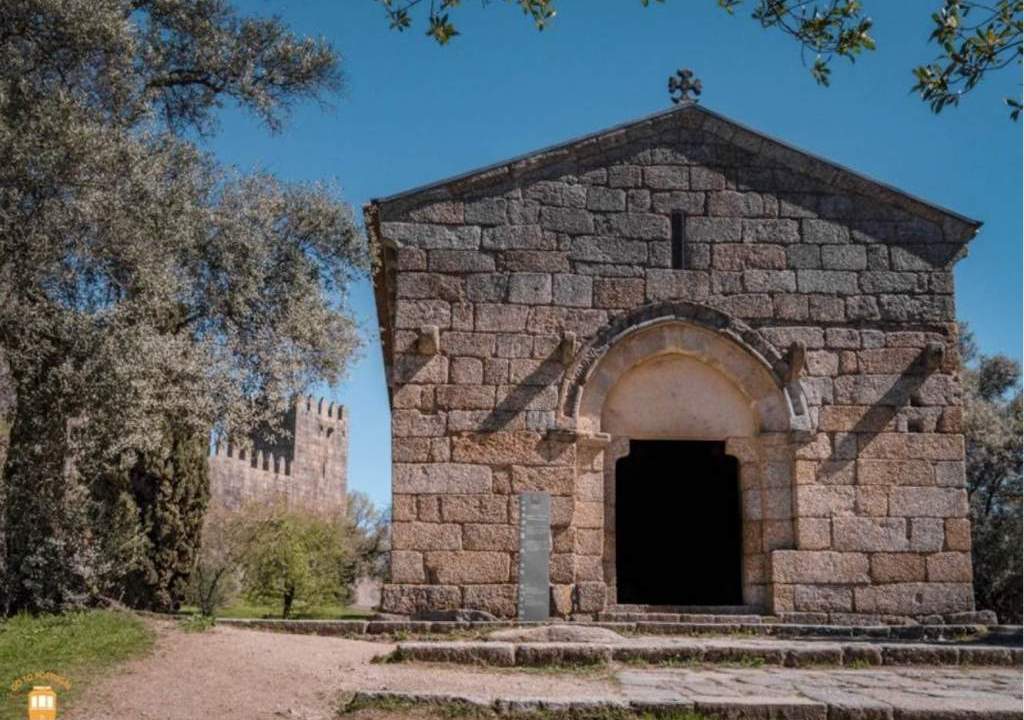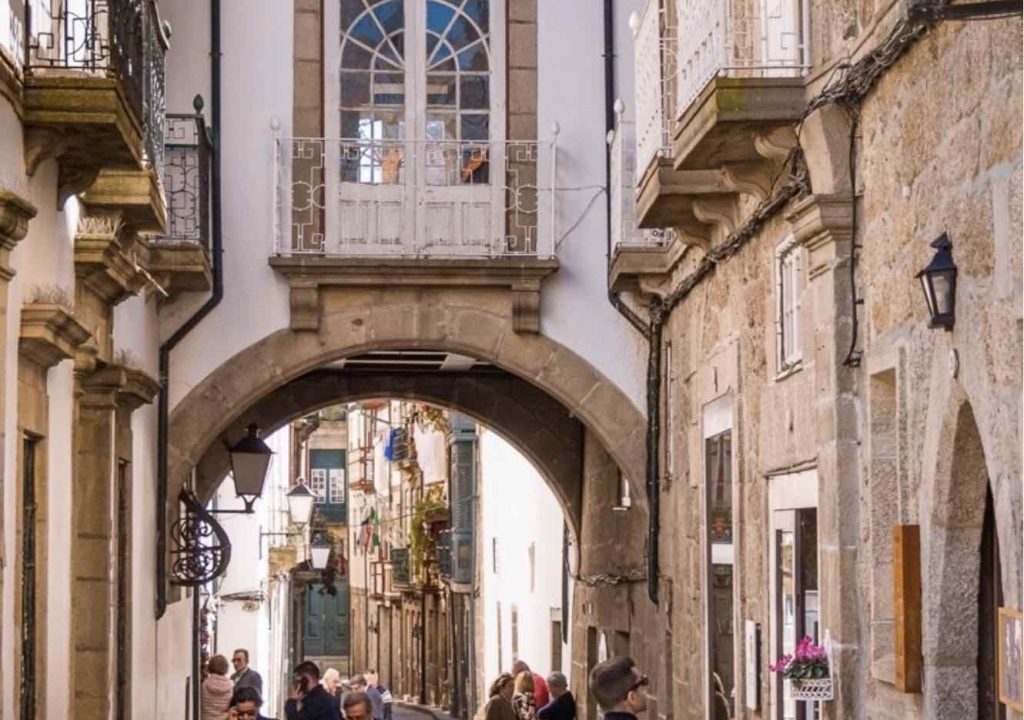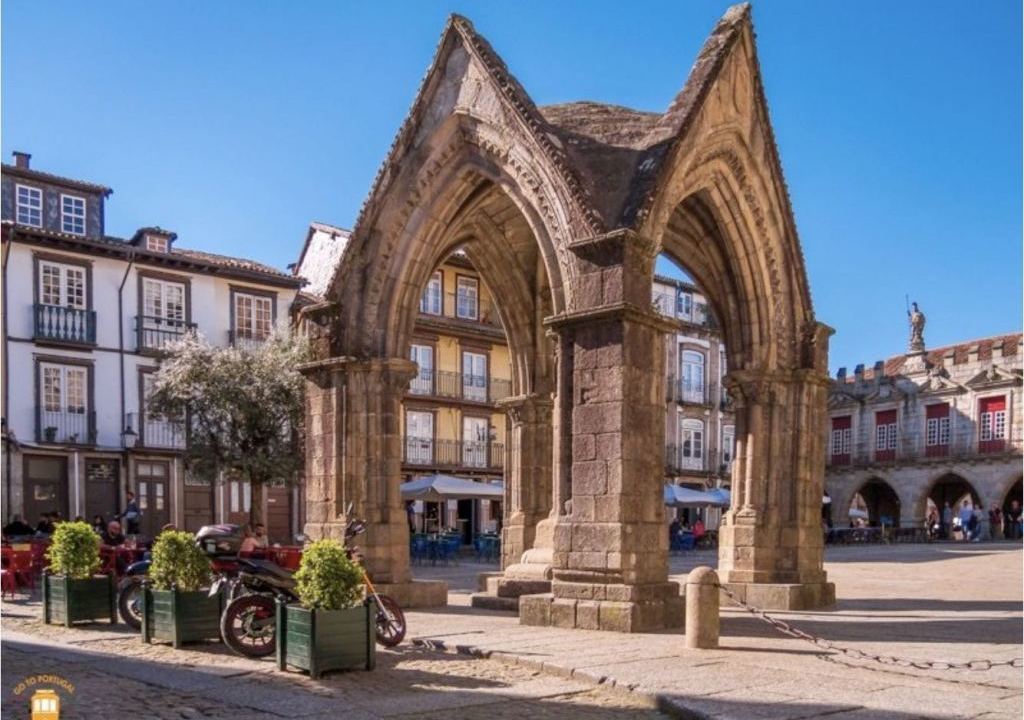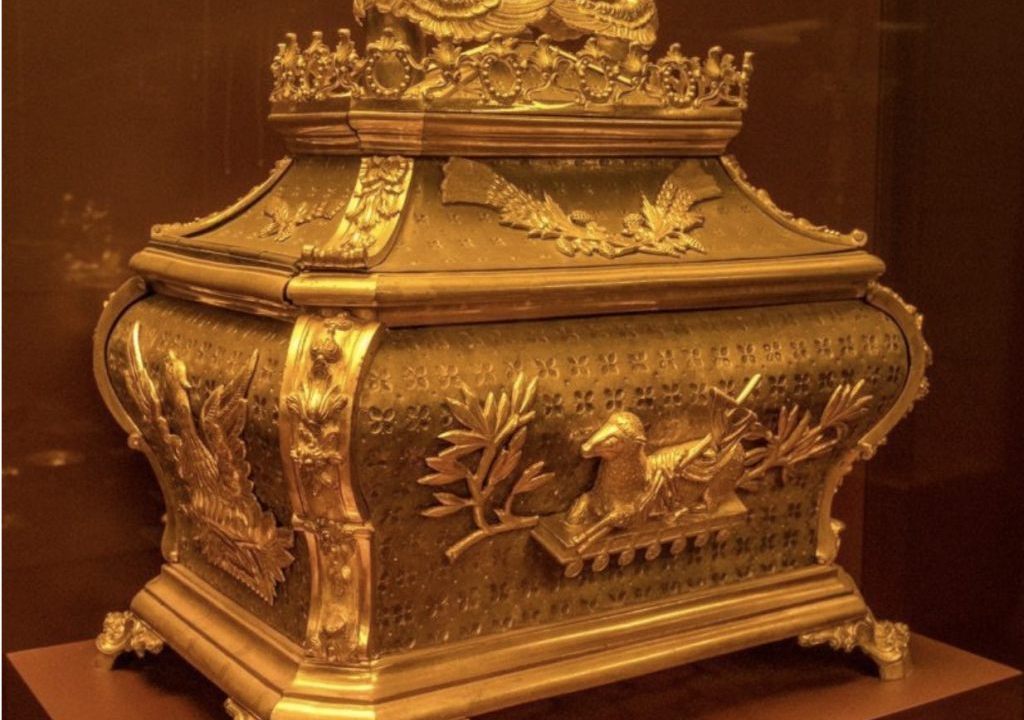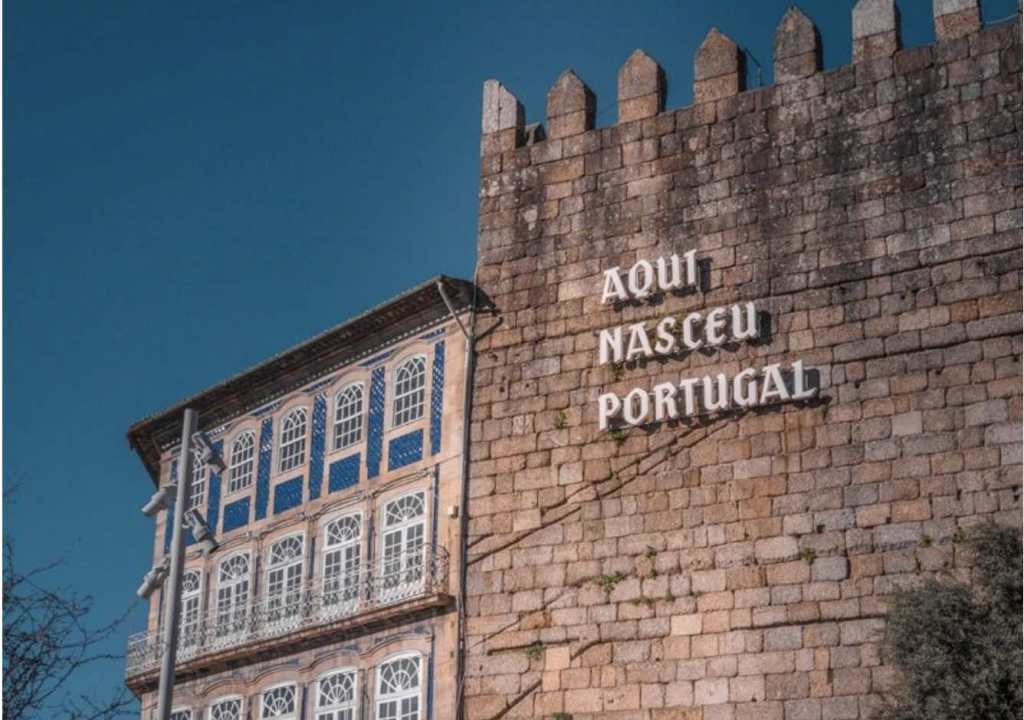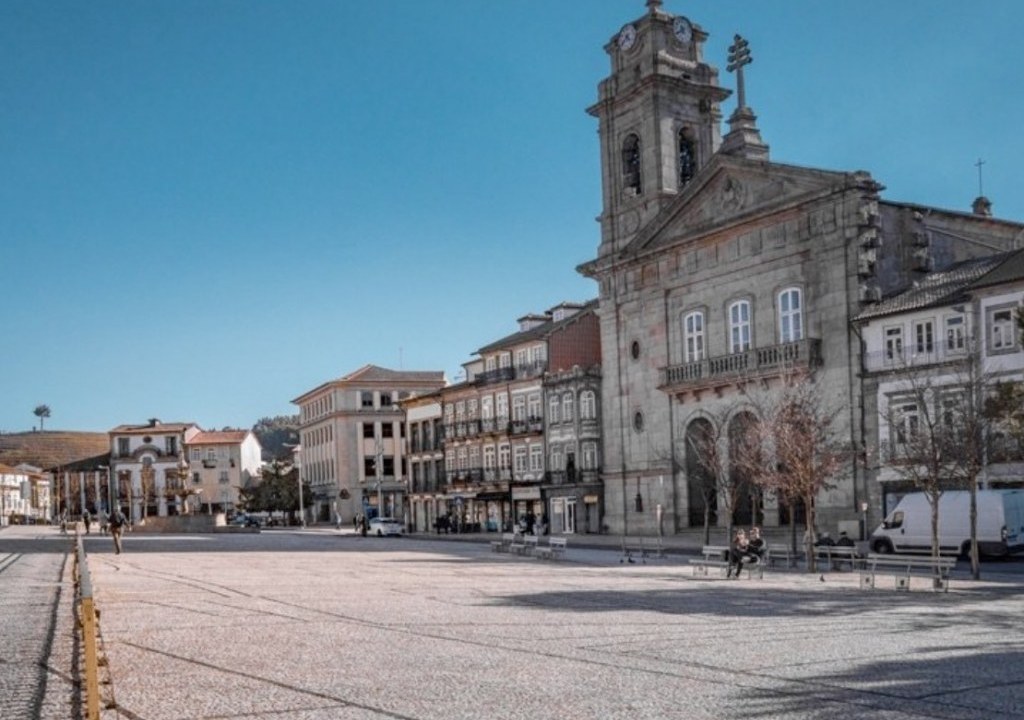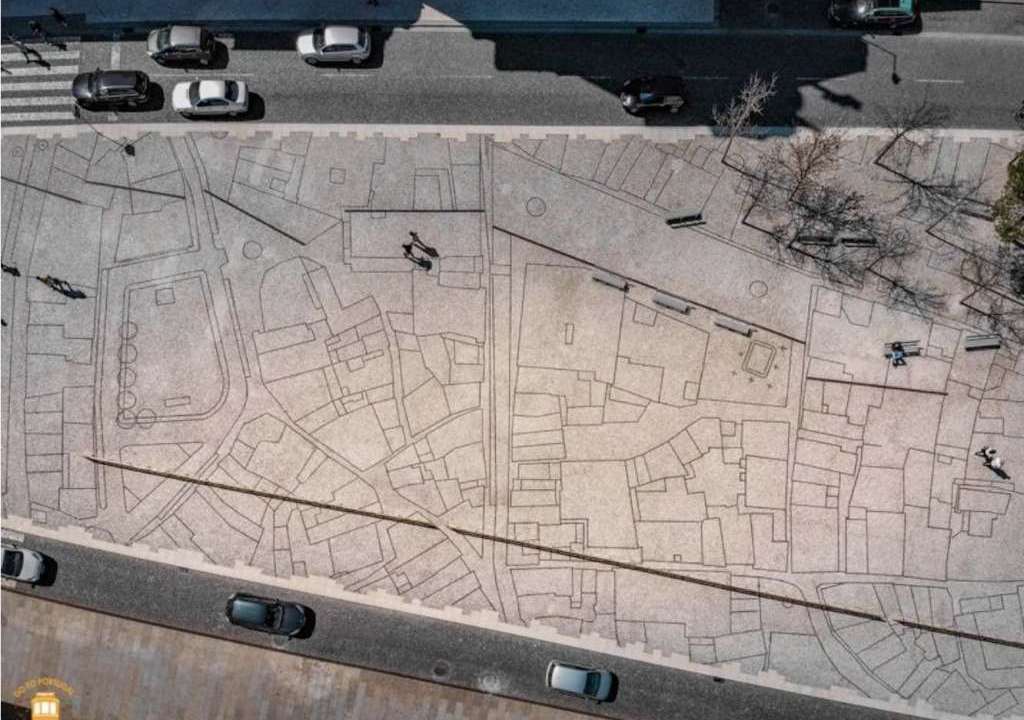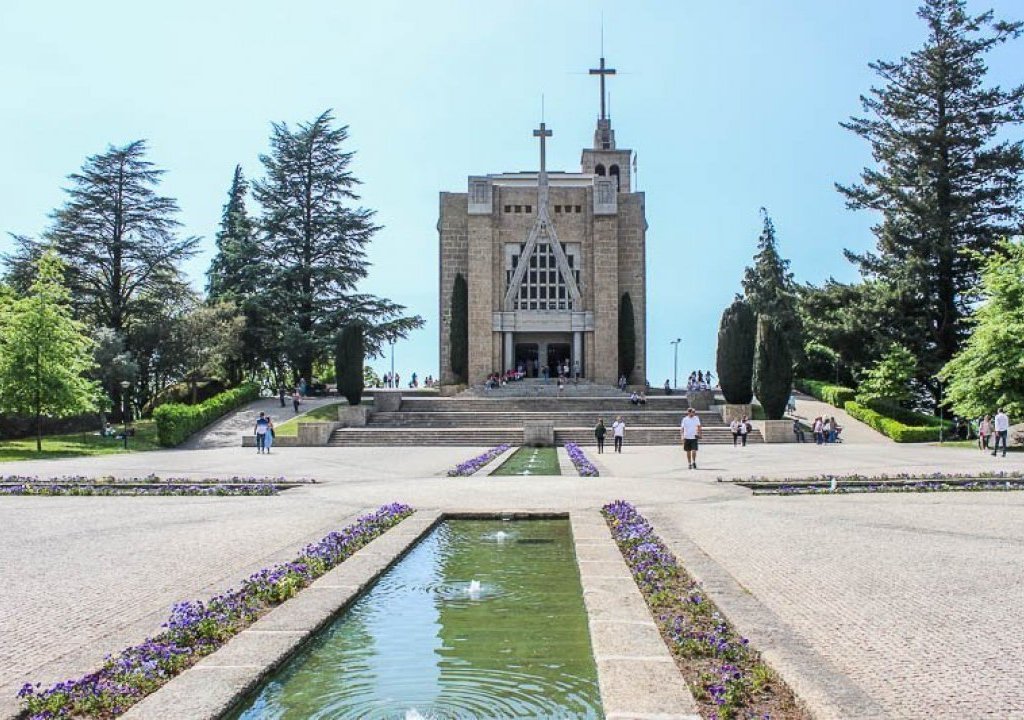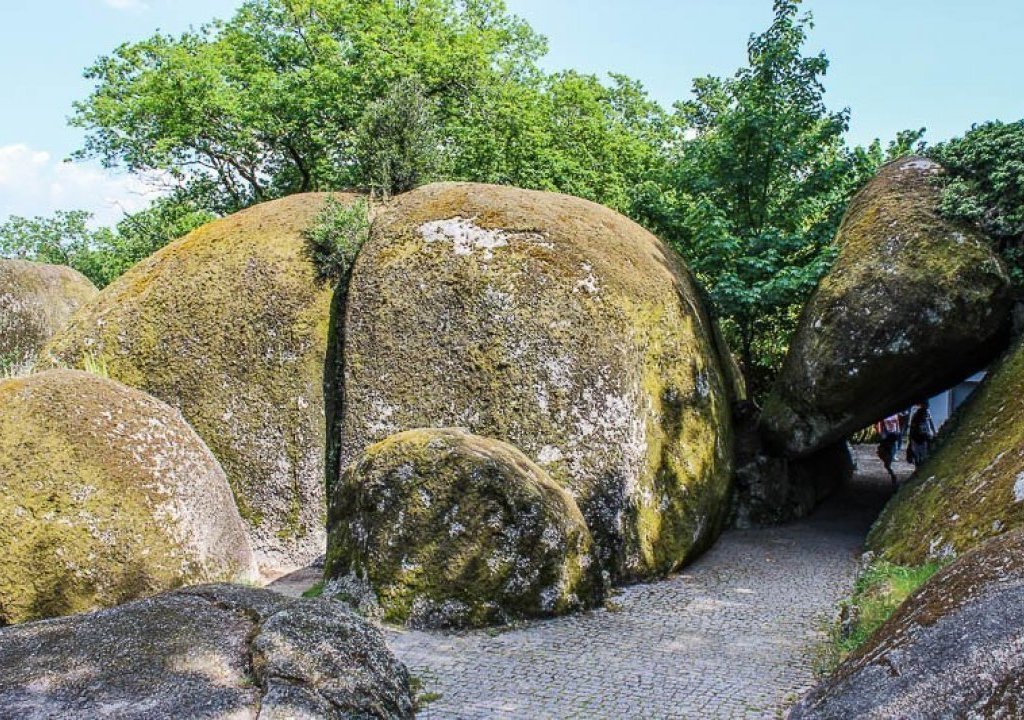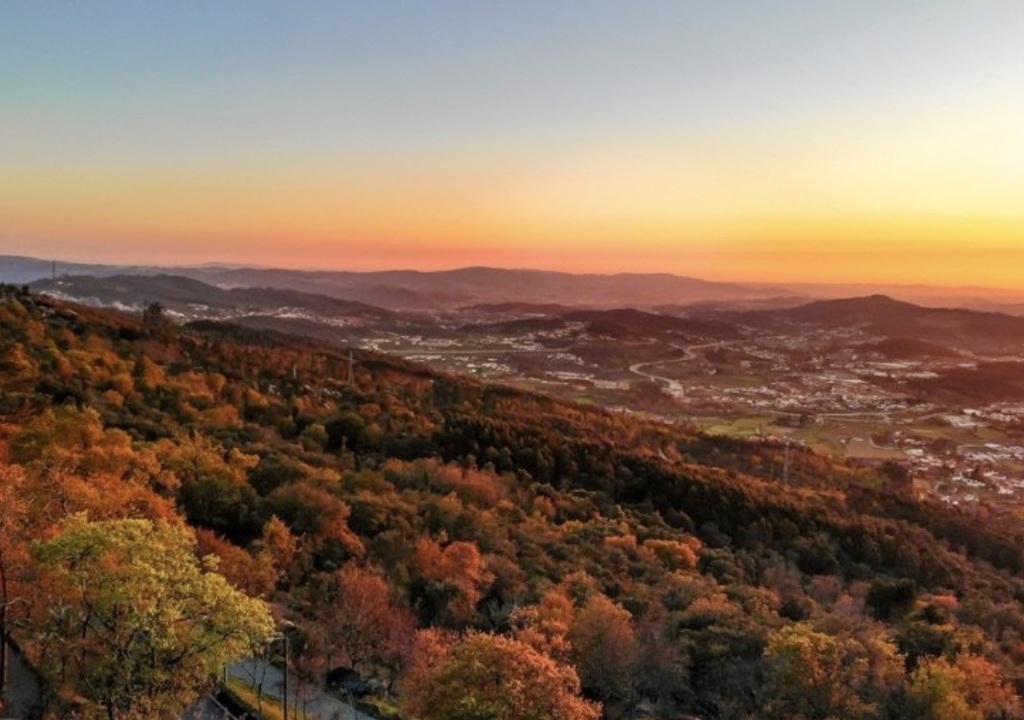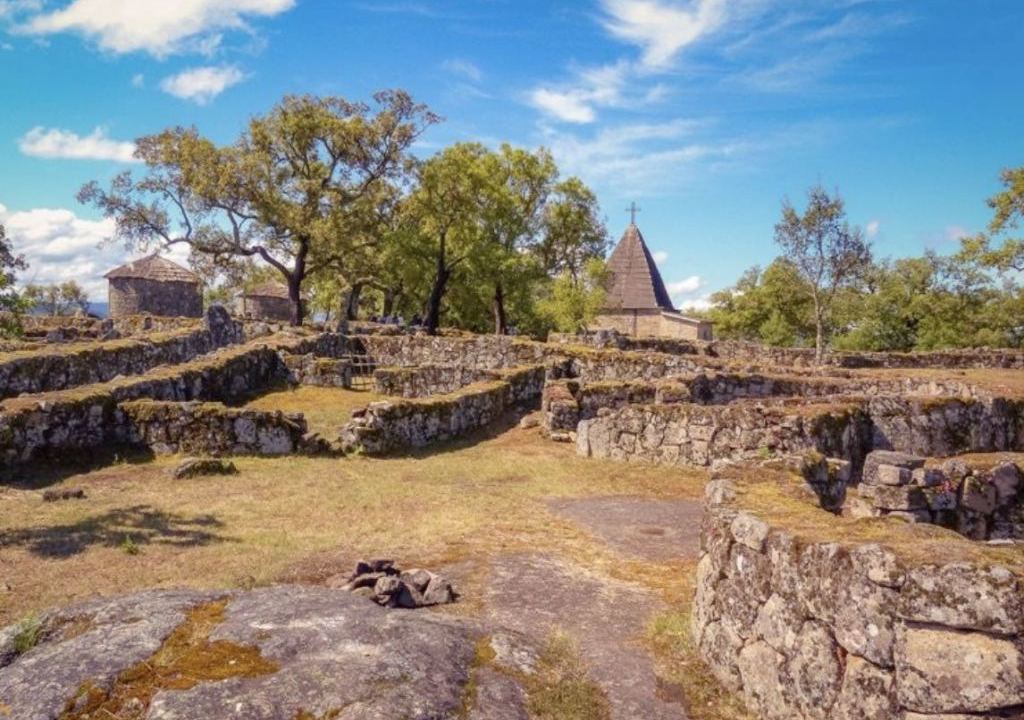Let's get to know Guimarães?
Visiting Guimarães is to embrace a national identity, as murals embrace a historic center full of charm and history.
"Portugal was born here". Three words are enough to feel the weight of the glorious historical past of Guimarães, a city that rebelled against Spain, that gave birth to a nation of discoverers that exhibited "new worlds to the world".
The best of all is that it is here next to Braga.
To get to know more about the city you visit, explain a little about its history. Let's do it?
Then, in the 10th century, much of the Iberian Peninsula was occupied by the Moors. This led the Christians to take refuge in the northern counties - one of them the Portucalense county, which most important village guess what it was? Guimarães!
Afonso Henriques, first King of Portugal. It was here in his first war, where he fought against his own mother, for the independence of the county. Like other wars, we fight against the Moors, expanding the nation's limits. Hence the importance of Guimarães for the formation of Portugal as a nation.
Are we going to explore the historic center together, visit beautiful churches, squares, a mural mural and a medieval castle in the city?
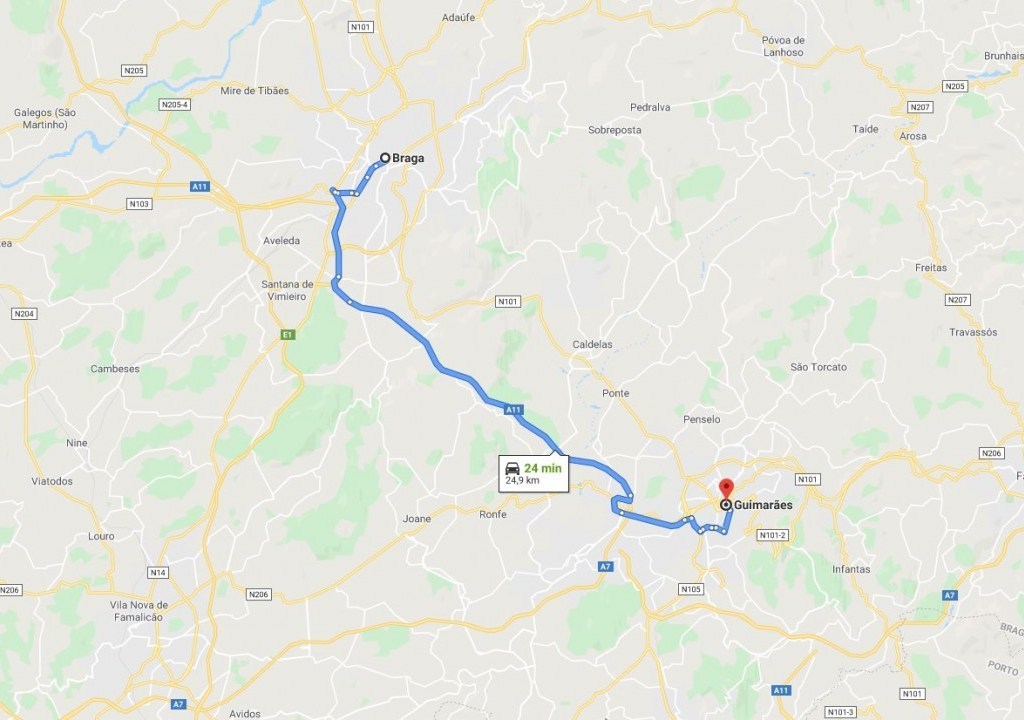
How to get to Guimarães?
Traveling from Braga to Guimarães is easy and don't waste a lot of your time.
If you go by car it takes about 20 minutes, however if you choose the bus the trip takes longer, but still nothing exaggerated, it will be about 40 minutes.
If you prefer a train it is also possible, but then the journey becomes longer, about 1h30, as there is no direct line Braga-Guimarães, you will have to change.
However, to help you, whatever your option, see here the tickets for each type of transport:
https://www.virail.pt/onibus-braga-guimaraeshttps://www.virail.pt/onibus-braga-guimaraes
What to visit?

Guimarães Castle
Guimarães Castle is the city's main attraction. In the middle of the 10th century, Countess Mumadona Dias, the richest and most powerful widow in the Portucalense county, ordered the construction of a monastery to protect the monks and the Christian community that lived nearby. Thus was born the primitive Castle of Guimarães.
It is assumed that the first king of Portugal, Dom Afonso Henriques, was born in this castle, since the parents, Count Dom Henrique de Borgonha and Dª. Teresa de Leão, moved to the Castle of Guimarães, in the 12th century.
Location: https://goo.gl/maps/3Q3RC6fSx7Xfzt4q7

Palace of the Dukes of Bragança
Built in the 15th century by D. Afonso, the first duke of Bragança, the Paço dos Duques de Bragança was transformed into a barracks in the 19th century. The fortified aspect, the stained glass windows and the numerous chimneys are the elements that make the Paço dos Duques an exemplary palace unique in Europe.
In the middle of the 20th century, after a period of neglect, the Paço dos Duques was restored and later transformed into a museum. On the second floor is the official residence of the President of the Republic when traveling to the North of Portugal.
When you visit this monument, you will have the opportunity to admire the beautiful halls, a chapel and also a collection of weapons, Portuguese furniture of Indo-European and Mudejar influence and also ceramics.
Location: https://goo.gl/maps/EMwsM2C8oKd7SnBc6

Chapel of São Miguel do Castelo
Small, simple and in the unmistakable romantic style, the Chapel of São Miguel is overshadowed by the Paço dos Duques and the Castle in the trinity of the National Monuments.
According to legend, the Chapel of São Miguel is the place where D. Afonso Henriques, the first king of Portugal, was baptized. Although this statement does not have temporal coherence, since the temple dates from the 13th century, inside is the supposed font of the ceremony.
Location: https://goo.gl/maps/TXWXjXTw1ijkrHDa8

Santa Maria Street
Rua de Santa Maria was one of the first streets opened in Guimarães (in the 12th century). This historic street connected the Convento de Santa Clara (now Guimarães City Hall), in the lower part, and the castle, located in the upper part of the city.
Along the street you will find architectural testimonies from the past: Casa do Arco (nº28), Casa dos Peixotos (nº39), the Gothic House of Valadares de Carvalho (nº9), Casa dos Carneiros, where the current Raul Library is located Brandão (nº58), between chapels, convents and sublime churches.
Location: https://goo.gl/maps/13zcdbybjnnBrDsa6

St. James Square
In this square there was a small 17th century chapel dedicated to S. Tiago, which was, however, demolished at the end of the 19th century. Currently, it is still possible to understand its exact location thanks to the granite floor that is found there.
Today São Tiago Square is a welcoming place at any time of the day. You can stroll around here and rest for a while on one of the terraces of bars and restaurants that give life to this place. At night, the square is filled with young people from the city and beyond, making it one of the main meeting points for residents and visitors.
Location: https://goo.gl/maps/xo7ySoMcp4yeiFadA

Largo da Oliveira
Separated from São Tiago Square by the Domus Municipalis (former city hall building), which dates back to the 14th century. Largo da Oliveira is the biography of the people of Guimarães.
In Largo da Oliveira you can admire the Church of Nossa Senhora da Oliveira, built in 1387, the Padrão do Salado, a unique historical monument in the country where many seek the shade and the old Town Halls - there is no mistake, 5 arches and 6 windows in a building topped by a statue that symbolizes Guimarães, and its beautiful buildings from medieval times.
Location: https://goo.gl/maps/9VqiGMCzAcQ3SuEx6

Alberto Sampaio Museum
Created in 1928 to receive the goods of religious institutions in the region extinct in the 19th century, the Museu Alberto Sampaio has an important collection of sacred art works.
The museum is installed in a building next to the Church of Nossa Senhora da Oliveira, which was initially used by religious institutions. In addition to the collection of sacred art, there you can see the 13th century cloister and the São Brás funerary chapel, which dates back to 1419.
Location: https://goo.gl/maps/ecTp6SvUFTN3WJas6

Adarve of the Wall
It recently opened a pedestrian path along the wall that connects the area of the Museu de Alberto Sampaio to the top of Avenida Alberto Sampaio, next to Largo da Condessa Mumadona. From the foundations of the foundation of the Monastery of Guimarães towards Monte Latito, this route allows us to understand how the city has developed and grown.
The adjoining section of the Wall, existing along Avenida Alberto Sampaio, the result of a project that comprises the heritage and symbolic load of the wall.
Location: https://goo.gl/maps/8okqCXAMmc2Qx6rx6

Church of Our "Nossa Senhora da Consolação e Santos Passos"
Built from 1576 to replace a chapel that was there, this church was completed in 1785.
The two towers that flank it were added a century later, as were the staircase and the balustrade.
Location: https://goo.gl/maps/s9Q5T3RN4dESmV7r5

Wall "Aqui nasceu Portugal"
Next to Praça do Toural, to the southwest, in one of the towers of the old wall, the Alfândega Tower, you can see the mythical phrase "Here Portugal was born", which reminds us that the country was founded after the battle given by D. Afonso Henriques . As you walk through the streets of Guimarães you will surely come across sections of the city walls.
Location: https://goo.gl/maps/AmeHHbyYYSqLwDANA

Largo do Toural
In the 17th century, this square was located outside the walls, facing the city's main door. On the site, a cattle fair is held that would give the name to this site (Toural).
It is the most central square of the birthplace and also the most airy. No wonder it is sympathetically called the "visiting room" of Guimarães.
Largo do Toural is surrounded by well-preserved bourgeois houses, it houses many of the city's renowned restaurants and some of the oldest establishments in Guimarães and was brightened up with a three-bowl Renaissance fountain.
The Church of São Pedro stands out for its facade of straight and sober lines and for the unique bell tower that rises from the symmetrical and regular houses.

In the center of the square, you will see drawings on the floor that at first glance have no connection, but, seen from above, we can see that it is the map of the historic center.
Location: https://goo.gl/maps/qkBHfQRuD4Am1L3x9

Penha
Monte da Penha, being the highest point in Guimarães, offers an incredible view over the city.
Here you can enjoy the campsite, the equestrian center, the mini-golf course, etc. and also visit the Sanctuary of Penha.

Access can be by car, or by cable car that connects the Historic Center to Penha.
Parque da Penha is great for explorers who like mossy boulders, caves, chapels, crevices, viewpoints and leafy vegetation. It is ideal for strolling surrounded by nature, relaxing on a café terrace or enjoying a family picnic.

You should take a few hours to discover Penha and, above all, to admire the view it offers and the magnificent sunset at one of the viewpoints. Without a doubt, it will be an unforgettable moment!
Location: https://goo.gl/maps/Jbv2uJxXV65hzWmD8

Citânia de Briteiros
14km from Guimarães is the Citânia de Briteiros, an archaeological space with typical buildings of a castro, ancient primitive settlement of pre-Roman origin. The castros are valuable testimonies of the Castro culture that characterizes the northwest of Portugal and bring us traces since the Bronze Age.
Location: https://goo.gl/maps/WZp7JC5rThQ2yMfbA
We wish you a great trip!
Sources: gotoportugal.eu
Vagamundos.pt
Viajecomigo.com
* Call to national mobile network.









